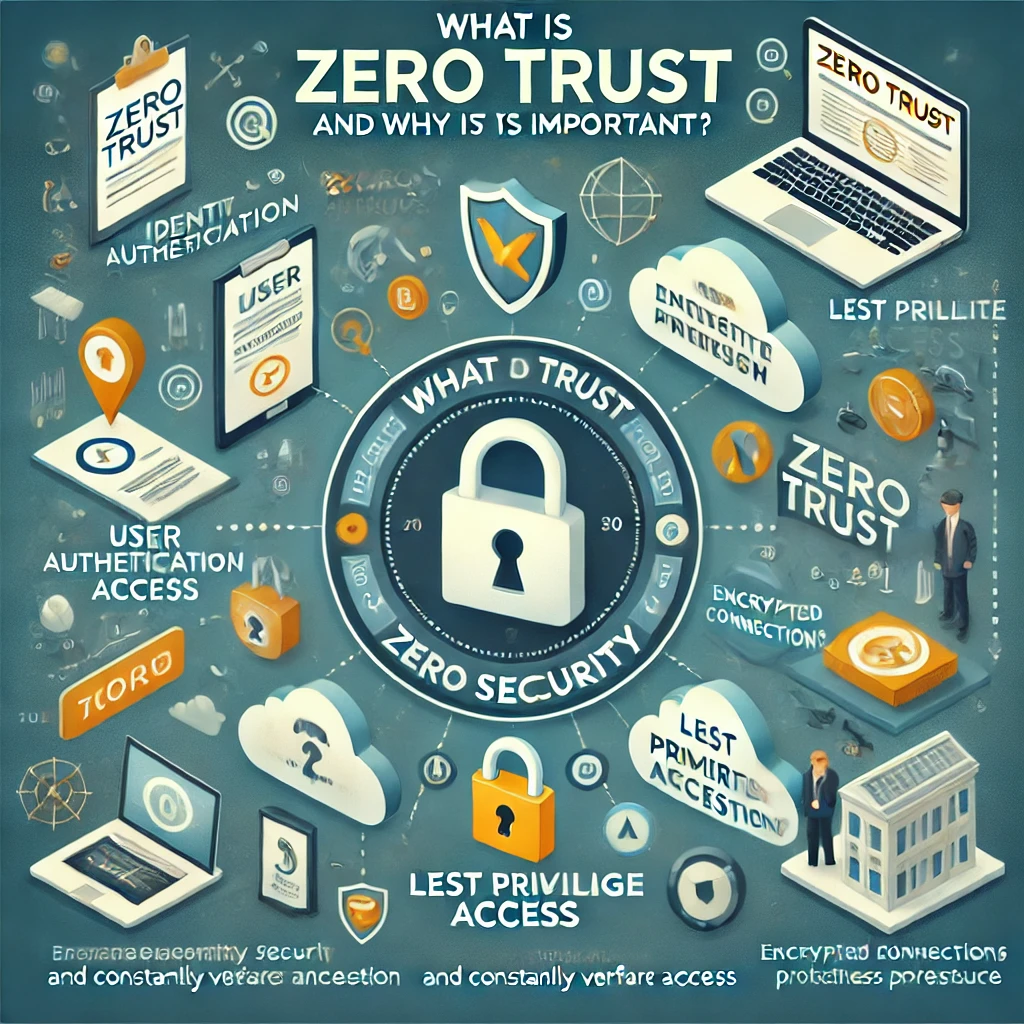What is Remote Desktop Protocol (RDP)?
Протокол удаленного рабочего стола (RDP) - is a technical standard that allows you to remotely use a computer. There are several protocols for remote desktop connections, including RDP, ICA, and VNC, but RDP is the most popular. RDP was developed by Microsoft and is available for most Windows operating systems, though it can also be used on Mac.
What Does “Remote Desktop” Mean?
Remote desktop refers to the ability to connect to a remote computer and use it as your own. Remote desktop users can open files, use applications, and work as if they were in front of their own computer. Employees often use remote access to work on their office computers while traveling or working from home.
Remote access is different from cloud technologies. In the cloud, users work with files and applications stored on remote servers. With RDP, users are actually connecting to their physical computer, accessing locally stored files and applications.
How Does RDP Work?
Working with RDP is similar to controlling a remote-controlled device, like a drone. Mouse movements and keystrokes are transmitted to the remote computer over the internet. RDP opens a dedicated network channel to transmit data between connected machines through port 3389. RDP uses the TCP/IP protocol for data transmission and encrypts all information to make the connection secure.
Due to the need for encryption and data transmission over the internet, small delays may occur. For example, if a user double-clicks on an icon, the delay might be a few milliseconds.
Advantages and Disadvantages of Using RDP
Advantages:
- No VPN is required for connection.
- Data remains on the user’s computer, not on cloud servers.
- Companies with traditional IT infrastructure can allow employees to work remotely.
Disadvantages:
- Users may experience delays, especially with a slow internet connection.
- RDP has security vulnerabilities that can lead to cyberattacks.
How Does Cloudflare Help Accelerate and Secure RDP?
Cloudflare Spectrum reduces delays in RDP connections by decreasing connection time and overall network latency through intelligent routing. Additionally, 2GC offers a tunnel to protect against unauthorized connections through port 3389.
The 2GC platform helps protect remote teams by using SSO for session validation instead of weak user passwords, making remote work safer and more productive.


